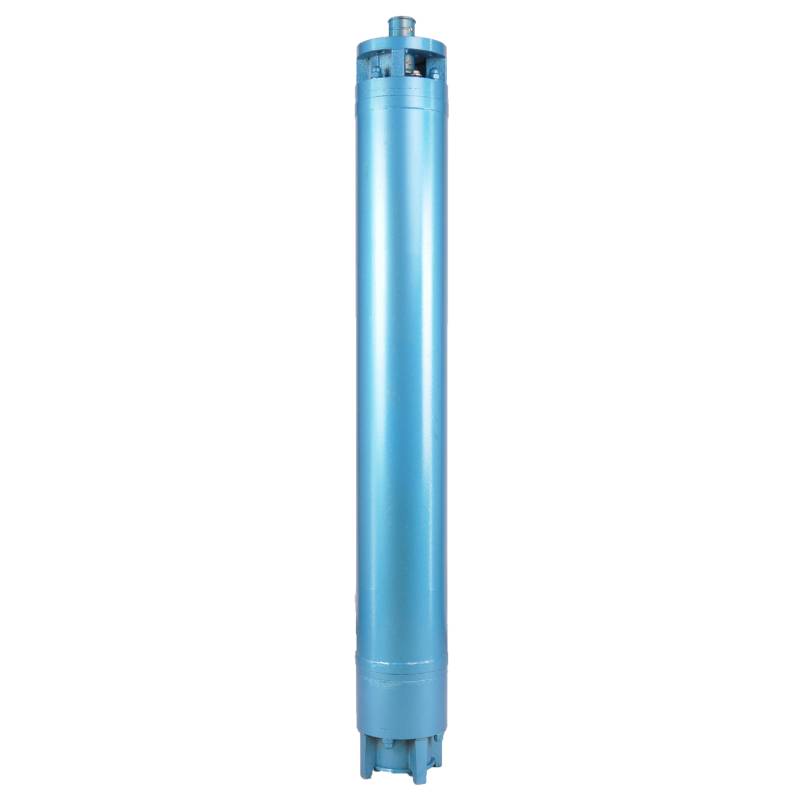Dec . 03, 2024 21:23 Back to list
installation of deep well pump
Installation of Deep Well Pumps
Deep well pumps are essential components in various applications, including agriculture, municipal water supplies, and industrial uses. These pumps are specifically designed to retrieve water from deep underground sources, making them an indispensable resource in areas where surface water is not readily available. The proper installation of a deep well pump is crucial for optimal performance and longevity, ensuring that the system operates efficiently and effectively.
Understanding Deep Well Pumps
Before delving into the installation process, it is essential to understand what deep well pumps are and how they work. These pumps can be classified into two main types submersible pumps and vertical turbine pumps. Submersible pumps are placed below the water level and are designed to push water to the surface, whereas vertical turbine pumps are installed above the water level and draw water up using a series of impellers.
The choice between these pump types often depends on the depth of the well, the desired flow rate, and the specific application requirements. Regardless of the type of pump chosen, installation must be executed with precision to ensure efficient water retrieval and to prevent future issues such as pump failure or excessive wear.
Steps for Installing a Deep Well Pump
1. Site Assessment
Before installation, a thorough assessment of the site is necessary. This includes evaluating the well's depth, diameter, and water quality. Understanding the geology and hydrology of the area is vital, as these factors will influence the type of pump required and the installation method.
2. Selecting the Right Pump
Based on the site assessment, select a pump that matches the well's specifications. Factors to consider include the total dynamic head, flow rate requirements, and the power source available. It's advisable to consult with a pump specialist to ensure the selected pump is appropriate for the application.
3. Preparing the Installation Area
installation of deep well pump

Clear the installation area of any debris or obstructions. Ensure that the surrounding environment is safe for the installation crew. If the well casing is damaged or corroded, necessary repairs should be made prior to installing the pump to prevent contamination of the water supply.
4. Installing the Pump
If using a submersible pump, it will need to be lowered into the well. Attach the pump to a series of pipes, called drop pipes, that transport water to the surface. It is essential to carefully lower the pump to prevent damage. For vertical turbine pumps, the installation typically involves mounting the pump on a concrete slab or base above the well while connecting it to the necessary impellers that will draw the water.
5. Electrical Connections
Once the pump is in place, electrical connections need to be established. Properly connecting the pump to a power source is critical for its operation. This step may require the assistance of a qualified electrician to ensure safety and compliance with local codes.
6. Testing the System
After the installation is complete, conduct a thorough test of the system. Check for any leaks, ensure that the pump is functioning correctly, and verify that water is being efficiently delivered to the designated location. Monitoring the system for a period is also advisable to ensure there are no operational issues.
7. Regular Maintenance
Once installed, it is crucial to establish a routine maintenance schedule to prolong the pump’s lifespan. Regular inspections and maintenance checks can help identify any potential issues before they become significant problems. Cleaning filters, checking for wear and tear, and monitoring water quality are all part of proper maintenance.
Conclusion
The installation of a deep well pump is a critical process that requires careful planning and execution. By following the appropriate steps and ensuring regular maintenance, users can significantly enhance the efficiency and longevity of their deep well pumping systems. Whether for agricultural irrigation, residential water supply, or industrial applications, a properly installed and maintained deep well pump can provide a reliable source of water for years to come.
-
Submersible Water Pump: The Efficient 'Power Pioneer' of the Underwater World
NewsJul.01,2025
-
Submersible Pond Pump: The Hidden Guardian of Water Landscape Ecology
NewsJul.01,2025
-
Stainless Well Pump: A Reliable and Durable Pumping Main Force
NewsJul.01,2025
-
Stainless Steel Submersible Pump: An Efficient and Versatile Tool for Underwater Operations
NewsJul.01,2025
-
Deep Well Submersible Pump: An Efficient 'Sucker' of Groundwater Sources
NewsJul.01,2025
-
Deep Water Well Pump: An Efficient 'Sucker' of Groundwater Sources
NewsJul.01,2025
-
 Submersible Water Pump: The Efficient 'Power Pioneer' of the Underwater WorldIn the field of hydraulic equipment, the Submersible Water Pump has become the core equipment for underwater operations and water resource transportation due to its unique design and excellent performance.Detail
Submersible Water Pump: The Efficient 'Power Pioneer' of the Underwater WorldIn the field of hydraulic equipment, the Submersible Water Pump has become the core equipment for underwater operations and water resource transportation due to its unique design and excellent performance.Detail -
 Submersible Pond Pump: The Hidden Guardian of Water Landscape EcologyIn courtyard landscapes, ecological ponds, and even small-scale water conservancy projects, there is a silent yet indispensable equipment - the Submersible Pond Pump.Detail
Submersible Pond Pump: The Hidden Guardian of Water Landscape EcologyIn courtyard landscapes, ecological ponds, and even small-scale water conservancy projects, there is a silent yet indispensable equipment - the Submersible Pond Pump.Detail -
 Stainless Well Pump: A Reliable and Durable Pumping Main ForceIn the field of water resource transportation, Stainless Well Pump has become the core equipment for various pumping scenarios with its excellent performance and reliable quality.Detail
Stainless Well Pump: A Reliable and Durable Pumping Main ForceIn the field of water resource transportation, Stainless Well Pump has become the core equipment for various pumping scenarios with its excellent performance and reliable quality.Detail
